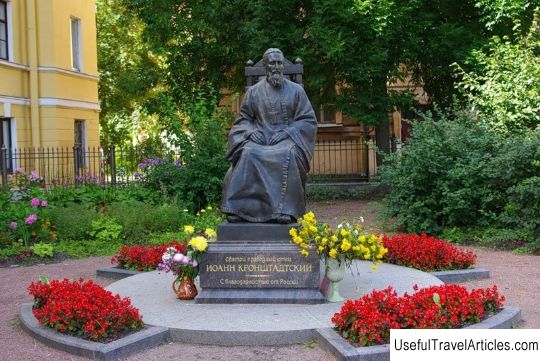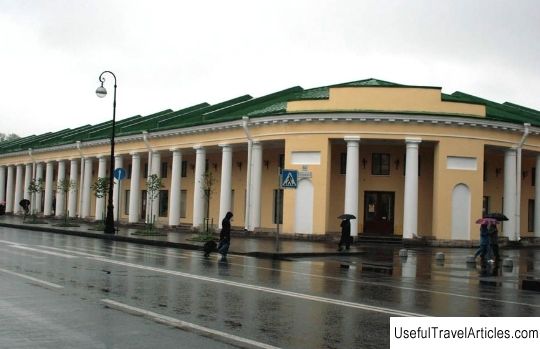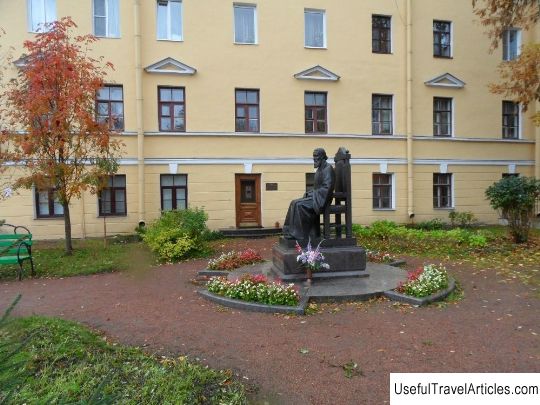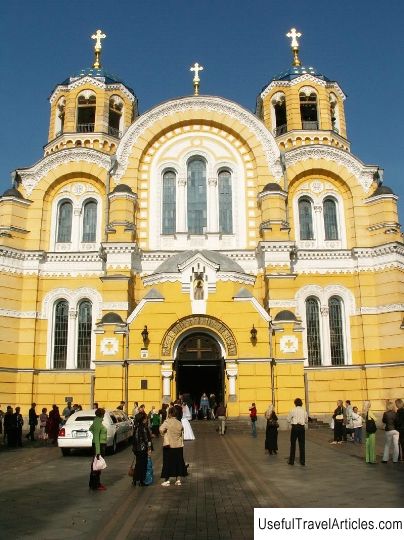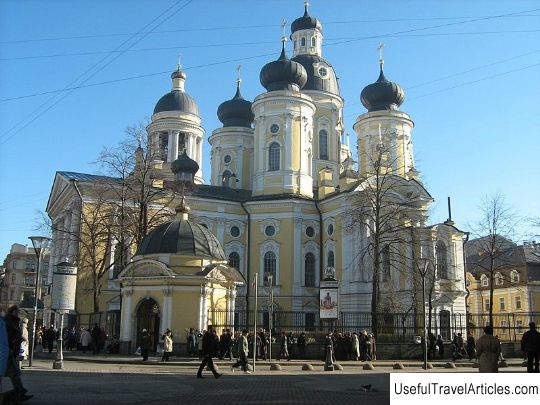Vladimirsky Cathedral description and photos - Russia - St. Petersburg: Kronstadt
Rating: 8,2/10 (857 votes) 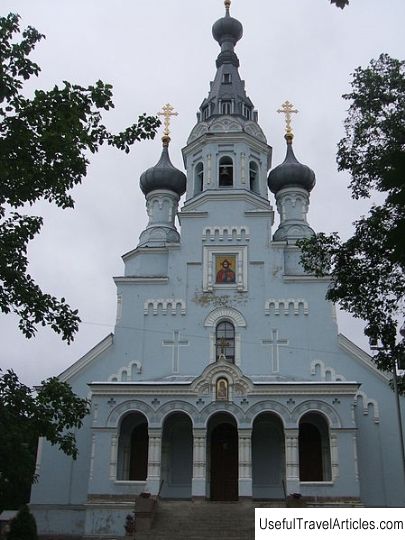
Vladimirsky Cathedral description and photos - Russia - St. Petersburg: Kronstadt. Detailed information about the attraction. Description, photos and a map showing the nearest significant objects. Photo and descriptionThe Vladimir Cathedral, or the Cathedral of the Vladimir Icon of the Mother of God, is an active temple located in the city of Kronstadt. The first church in honor of the Vladimir Icon of the Mother of God was built of wood in 1730-1735. for the Kronstadt garrison regiment. 18 years later, in 1753, a new church was built in its place, at the corner of Mikhailovskaya and Vladimirskaya streets. In 1801, due to the dilapidation of the temple, it was broken, and in its place was built a new wooden temple for 500 parishioners. A chapel was erected behind the altar. The construction of the temple and the chapel was financed by funds raised by the garrison regiment of Kronstadt and other teams belonging to the land department. In 1825, a two-story wooden house was built for the clergyman of the Vladimir Church. In 1826 g. the chapel of the Vladimir Church burned down, and in 1831 the restoration of the temple was carried out. But three years later, on October 21 (November 2), 1874, the wooden Vladimir Church also burned down. In its place a new wooden one was erected. By the middle of the 19th century. the dimensions of the temple premises ceased to correspond to the increasing needs of the serf garrison, which consisted of 4.5 thousand lower ranks. For this reason, the military governor of Kronstadt, Vice-Admiral Kazakevich was forced to submit a petition to the highest name for the construction of a large stone church. The building permit was obtained on December 21, 1872 (January 2, 1873). For these purposes, the engineering department acquired a place from the merchant Ilyin, located next to the existing temple. The ceremonial foundation of the church took place on May 8, 1875. In the same year, construction of the church began. The author of the project was D.I. Grimm. The construction was carried out by academician of architecture Kh.I. Geifan. In 1879, the construction of the temple was completed in rough form. The exterior and interior decoration of the church was completed in 1882. Upon completion of the construction of the stone church building, the old wooden church was dismantled, and the material from which it was built was used in the construction of the Mariinsky orphanage for orphans and widows of the naval clergy. The stone temple was a five-aisled basilica made in a mixed style using elements of Russian architecture of the 17th century. The forms and decoration of the three altar apses, the gallery-porch, which was located on the western side of the temple, looked quite eclectic. The height of the bell tower was 50 m. The temple could simultaneously accommodate 3 thousand people. The church kept the banners of various military units. The main shrine of the cathedral is a list of the Vladimir Icon of the Mother of God, which was painted in oil on metal and decorated with gilded copper. In 1735 a silver-gilded robe with a crown and multi-colored stones and a bronze icon case were made for the icon. The image was located on the right side of the Royal Doors. The icon was removed from the church in 1931 and its fate is still unknown. The new stone church was consecrated on February 24 (March 7) 1880 by Archpriest Peter Pokrovsky, the chief priest of the army and navy. On September 20, 1902 the garrison church was assigned the status of a cathedral by the order of the Military Department. In 1931 the cathedral was closed and built in it stock. During the Great Patriotic War, the building of the cathedral was badly damaged. They tried to blow it up three times in the 50s. But attempts to blow up the church were stopped due to the threat of destruction of nearby houses. But, nevertheless, the porch, altar and bell tower were destroyed by explosions. After that, the building was empty for a long time. Although from time to time there were projects to place a swimming pool, stables, etc. In 1990, the temple returned to the Russian Orthodox Church. The building was mothballed and services were held in the building of the temporary church of All Saints. Already in 1999, services began to be held in the lower church of the Vladimir Church. As a result of the restoration work carried out since 2000, the facades were cleaned and plastered, the brickwork was moved, the domes' domes, ornaments on the walls and ceiling of the temple were recreated from galvanized steel; figured compositions have been restored.       We also recommend reading Church of St. George (Crkva Svetog Dorda) description and photos - Montenegro: Podgorica Topic: Vladimirsky Cathedral description and photos - Russia - St. Petersburg: Kronstadt. |
